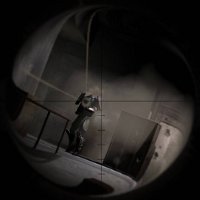Valve Software advertised their release of Portal 2 using an Alternate Reality Game, or ARG. A series of puzzles led to a game that encouraged players to play a set of indie games in order to release the game early. The players participated, and Portal 2 was released 10 hours early.
A lot of people are upset about this.
At first I was really confused about how angry people were acting, even accounting for the Greater Internet Fuckwad Theory. Valve had put together a cool set of puzzles, offered a bunch of indie games for cheap, and then actually gave players a real-world reward for playing. However, I’ve realized that the displeasure the ARG created is due to a classic problem in game design: miscommunication leading to false expectations.
Continue reading PO(r)TA(l)T(w)O
 I’ve resumed writing for
I’ve resumed writing for